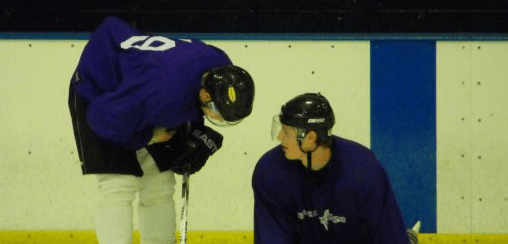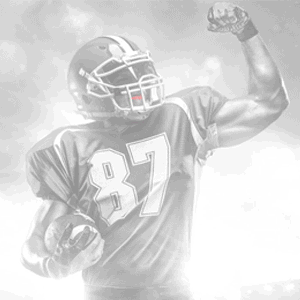Team Sports: How To Say Goodbye To The Problem Player

Every team needs some personality. And that typically means employing a player or two with a colorful persona or eccentric behaviors.
While these athletes keep things light and may take some of the pressure off of their quieter teammates, they have the ability to cause problems and divide the locker room. And a divided or tense locker room may sink your entire season.
Of course, not all problem players are the outspoken ones or the ones with big personalities. Athletes become problems for a number of reasons, including:
- Having a bad attitude and poor sportsmanship
- Showing up late or not at all for games, practices or meetings
- Being abusive or violent towards teammates or other players
- Parents who are abusive or violent towards players, parents or referees
It might not be something you want to consider, but sometimes a player — or, in some cases, their parent(s) — are so problematic for the team that the only option is to ask them to leave. But how do you go about doing that?
When it comes to asking a player to leave the team, it’s best to consistently maintain a polite and professional manner in communicating the team’s intentions. While it’s good to be firm in your message, it’s important to try to soften the blow of getting “kicked off” the team, as it may be very tough to handle for the player, the parents and the team alike.
Whatever the case may be for removing a player, the decision should be the consensus of the coaches and any other administrators involved with the team. And this should truly only apply to situations where the player’s presence on the roster is detrimental to the team, not small disputes.
If say, two or three players are at odds with each other, it’s the responsibility of the coach to help the players resolve the issue. But when it becomes clear that removing a player (or several) from the roster is the only course of action, it needs to be done swiftly, in a fair and efficient manner.
Political Issues
No matter what the situation, any time people gather in a group they at some point develop a political web within (or from without) that group, creating pressures, hierarchies and unwritten rules. And youth athletics, unfortunately, are not exempt from politics.
That means minor actions and words have the potential to be very impactful down the line. For example: if your problem player has an allegiance with another player on the team — or, for that matter, their parents are friends — the loyal friend could also end up leaving the team as a result of his friend’s dismissal.
Therefore, it is important to keep in mind the possible impact these major decisions might have on your team. If dismissing a player comes at the cost of losing, say, a leading scorer (or worse, a goalie!), you may need to strongly consider the repercussions and have a plan for moving forward.
The Aftermath
Doing a bit of damage control helps to smooth out this difficult process. Make sure to follow up with both the player in question, as well as the team, in the days or weeks following the dismissal. That really goes a long way to putting everyone a bit more at ease.
Depending on the severity of the player’s infractions, it helps to remind them that it’s not a personal decision, but rather one for the good of the team. Of course, if the player you dismissed is one who threw tantrums or stormed out of the locker room after every loss, this may not be the best approach.
The Bottom Line
Ultimately, the best way to initiate a smooth dismissal is to be smart.
There is a lot of passion involved in sports, and oftentimes tempers flare and emotions run high. Being honest, diplomatic and careful in your dealings helps to maintain healthy team chemistry and, most importantly, keeps the game fun.
How do you deal with a problem player on your team? Would you remove a player to save your team’s season? Let us know!
Guest Authors: Evan and Warren Tabachnick
Evan is the Executive Director of Rugby NY. He plays in a recreational hockey league along with his dad, Warren, Editor & Publisher of CrossIceHockey.com.
Adapted from an article originally appearing on CrossIceHockey.com – Where Rec Hockey Lives© 2016 Digital Media Publications, Inc. All rights reserved. Published with permission.




 Every team needs some personality. And that typically means employing a player or two with a colorful persona or eccentric behaviors.
Every team needs some personality. And that typically means employing a player or two with a colorful persona or eccentric behaviors. 